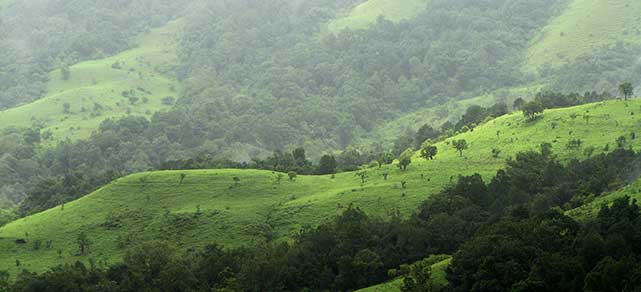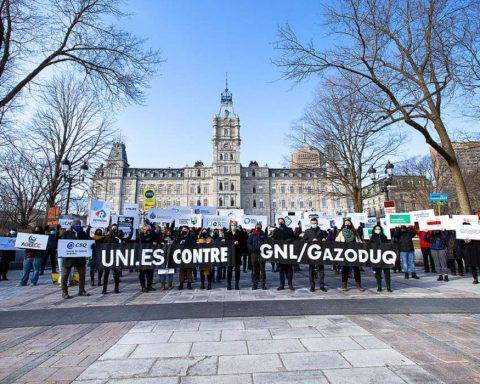New legislation approved in May by lawmakers in India’s lower house, the House of the People, would allocate $6.2 billion (U.S.) to building new forests across India.
The Compensatory Afforestation Fund Bill outlines a goal of increasing the country’s forest cover from 21 per cent at present up to 33 per cent. The budget would be drawn from an existing fund set up in 2006 to receive fees from companies operating on national forest land.
“Our forest cover will dramatically increase and it will result in achieving our target 33 per cent of tree cover and most importantly 2.5 billion tonnes of carbon sink as we have indicated in our Intended Nationally Determined Contributions [under the Paris climate agreement],” said Indian environment minister Prakash Javadekar.
Carbon sinks are any artificial or natural reservoir that absorbs more carbon from the atmosphere than it emits, and includes most plants.
The Indian government has a spotty record when it comes to following through on previous initiatives to increase forest cover. A 2013 Auditor General report concluded that “we noticed serious shortcomings in regulatory issues related to diversion of forest land, the abject failure to promote compensatory afforestation, the unauthorised diversion of forest land in the case of mining and the attendant violation of the environmental regime.”
Debate will soon begin on the legislation in India’s upper house, the Council of States, where it faces an uncertain future. One major complicating factor is the role played by the country’s fractious states, which would be allocated 90 per cent of the funding as part of the program.
Further complicating matters is the method outlined in the bill for adding forest cover. Instead of pursuing reforestation, which involves planting trees in areas that were recently deforested, the legislation calls for afforestation – reintroducing forests to areas that were logged decades or centuries ago. Afforestation is widely regarded as more costly and time-consuming, and is likely to cause tension with local residents who would be displaced.







